S.A.L.T. Spotlight: Here’s Why Latin American Foods Taste Surprisingly Familiar
As you travel south from Mexico and through Central America, past the Panama Canal and all the way down to Cape Horn at the tip of the South American continent, you realize how distinct Latin American foods are everywhere you go. Although changing ocean temperatures and rising altitudes bring different food, from seafood to vegetables, the ingredients may taste completely different from one place to the next.
Different cultures, from the Maya to the Inca, as well as the influx of migrants from around the world, have shaped those ingredients in ways that are unique to Latin America.
I have been working to develop S.A.L.T. programs for Silversea throughout Latin America, which lets passengers experience intimate visits with rural farming communities, visits to vineyards and distilleries, and private experiences at some of the region’s best restaurants. If you are interested in immersive culinary experiences in Latin America, excursions that go deeply into regional cuisine, maybe I’ll see you on a future trip.
What forms Latin American culinary arts?
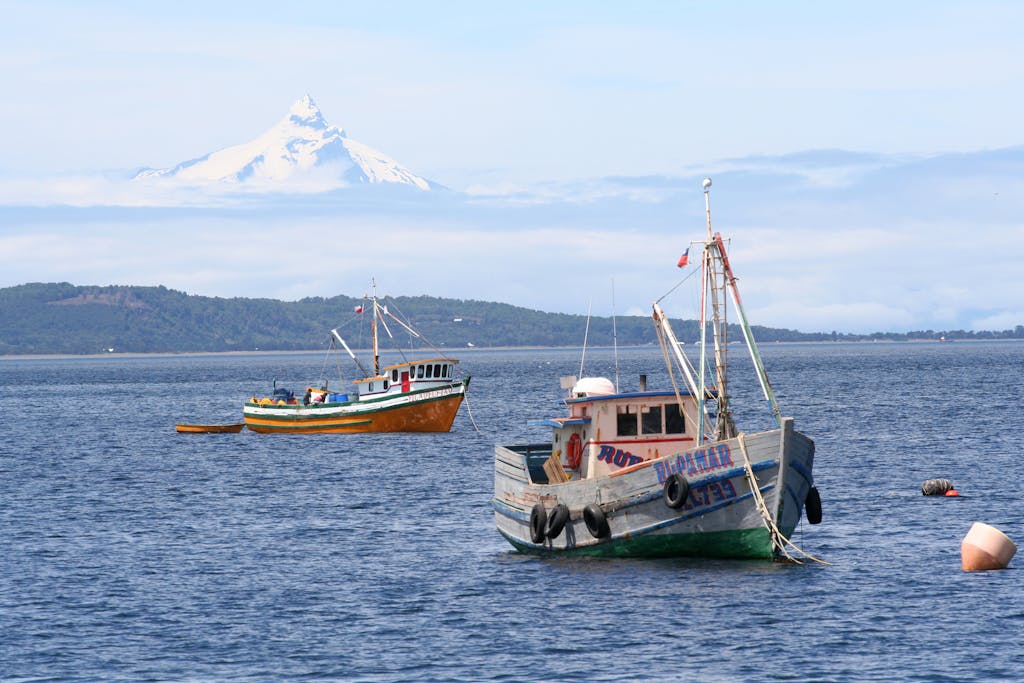
The combination of history and biodiversity make the cuisines of Latin America unique. Although these two factors help shape cuisines anywhere in the world, their depth in this region makes an impact. Try to imagine if Egypt contained the rainforests of Indonesia and the mountains of the Himalayas and had mass migrations from Africa, Europe and Asia. Just think what role these things might have on the cuisine there.
I have been reporting on food throughout Latin America for about 20 years, and I can tell you that we are only beginning to understand its complexities. The cuisine of Latin America is not a monolith. Not everyone eats tacos or drinks Malbec. It’s highly regional and can range from beautifully rustic cooking in clay pots to intricate tasting menus that take you on a tour of a country’s ecosystems. Visitors can find some of the world’s best restaurants in Latin America.
The world’s pantry
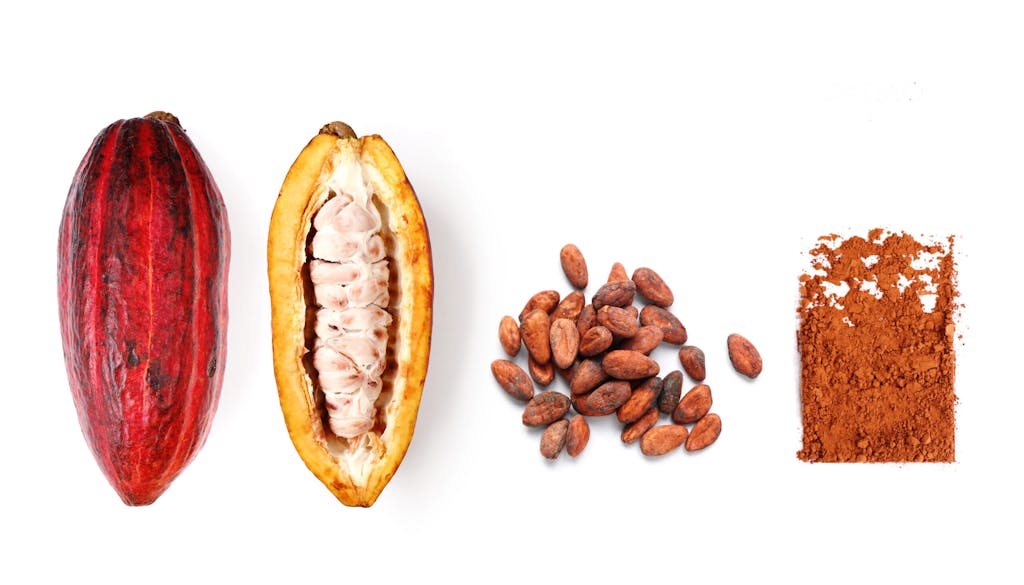
You may not realize it, but we regularly eat Latin American foods. Many of Earth’s staple crops originated here, including corn, potatoes, chile peppers, tomatoes, beans, squash, avocados, and cacao. Although these ingredients now have long histories in other parts of the world and have been adopted into countless cuisines in different forms, in Latin America they reach their peak diversity. The Andes boasts an estimated 4,000 varieties of potatoes alone as well as such tubers as oca, olluco and mashua that rarely find their way to other continents.
Much of this agriculture was not created in a vacuum. It was ushered in by generation after generation of human hands that experimented in growing ingredients in different climates and ensured harvests even amid unpredictable weather patterns. Quechua farmers on the Altiplano of Bolivia and Peru still pasture llamas on fallow fields and plant a dozen varieties of quinoa at a time so that the soil stays healthy and at least some of the varieties will produce a good yield. Mesoamerican farmers use a milpa system where they intercrop corn with beans and squash, thus reducing the need for pesticides and protecting the diversity of vegetables. These ancestral systems have resulted in numerous crops that have proved useful across the globe.
The corn lands
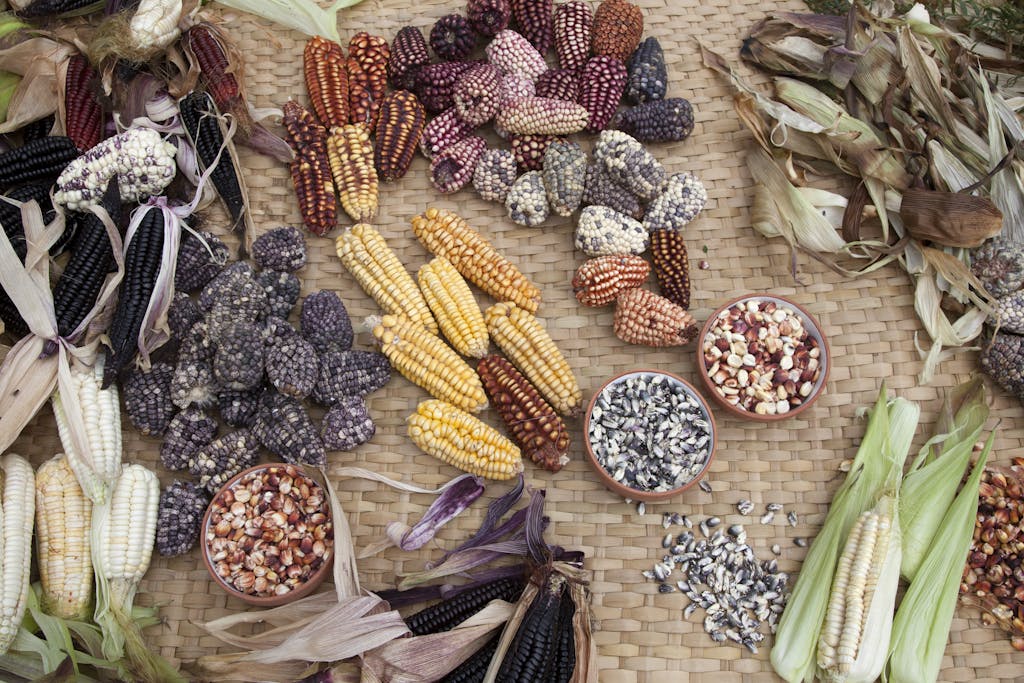
If there was one ingredient that is a staple in every country in Latin America, grown on different kinds of soils and in different climates, it is corn or maize. Teocintle, its wild ancestor, was domesticated between 7,500 and 12,000 years ago in southern Mexico, and it spread throughout the Americas in the centuries that followed. In Mexico alone, there are 59 primary landraces, or locally adapted, traditional varieties, and they have an estimated 2,000 uses.
If you have a tortilla made from heirloom corn from Oaxaca, Mexico, that has undergone nixtamalization, which means soaked and cooked in an alkaline solution, it is unlike any tortilla you have tasted. It has nutty, fragrant flavors and is much healthier than the cardboard tortillas often found in supermarkets.
For roughly 20 years I have been reporting on food throughout Latin America and I can tell you that we are only beginning to understand its complexities. The cuisine of Latin America is not a monolith. Not everyone eats tacos or drinks Malbec.
Although tortillas can be found from Mexico to the mid-part of Central America, corn has thousands of other uses. In Colombia and Venezuela, corn is beaten with wooden mortars, called pillones, then ground into flour to make arepas and hallacas. In southern Brazil, it is boiled with milk and sugar to make a sweet pudding called canjica. In the Andes, kernels are soaked and fermented to make chicha, a low-alcohol beer. Nearly everywhere in the region you can find tamales, corn dough boiled or steamed within a corn husk or banana leaf, although every family does them a little bit differently.
A new era of fine dining
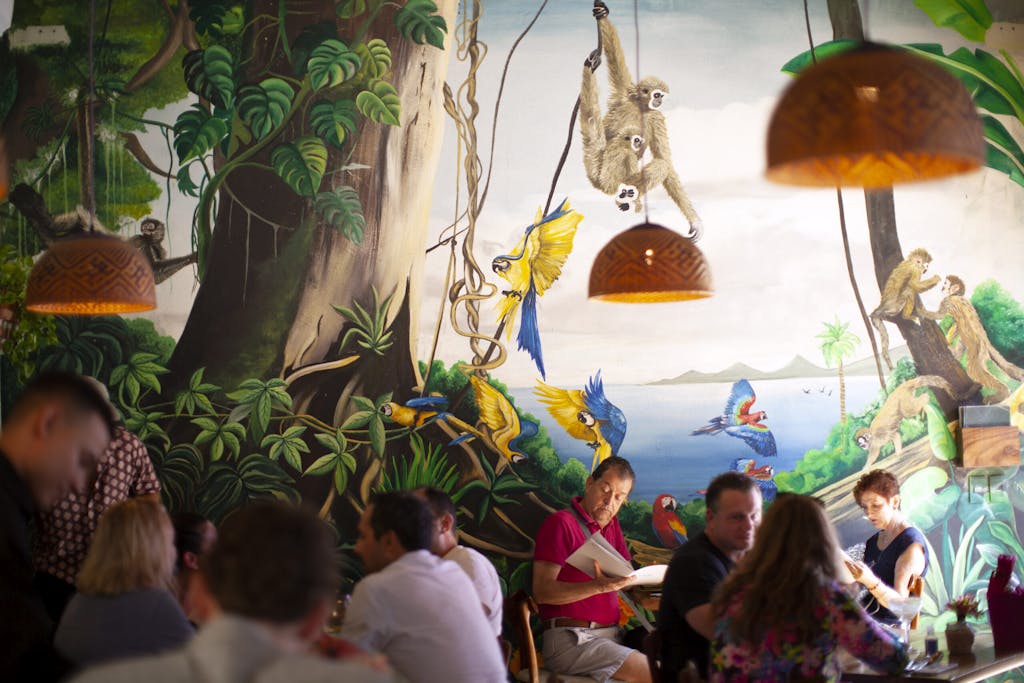
Restaurants in Latin America have benefited greatly from the shifting global mindset of contemporary cuisines, becoming a reflection of local ingredients and surroundings. Rather than mediocre imitations of modern French recipes using ingredients sourced from far away, local chefs that trained in the top restaurants abroad have focused on incorporating the things they have around them into haute gastronomy.
Some of the world’s best restaurants are here, including Central in Lima, which ranked No. 2 on the World’s 50 Best Restaurants list in 2022. It organizes its menus based on the different ecosystems of Peru. Other restaurants such as Celele in Cartagena, Colombia; Boragó in Santiago, Chile; and Lasai in Rio de Janeiro also create elaborate tasting menus using the ingredients from their territories, often paired with local wines and distillations. These chefs are proving that there is no need to import low-grade caviar and truffles when there are such ingredients as giant sea urchins from the southern Pacific coast or Geisha coffee from Panama.
Singular ingredients from singular landscapes
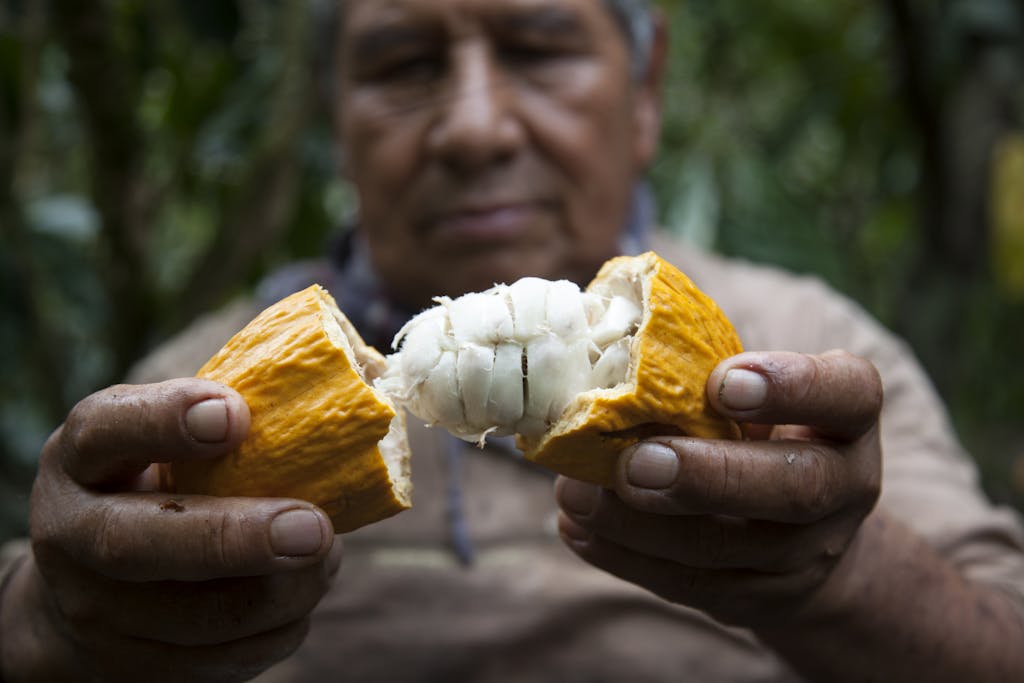
The region’s extreme level of biodiversity has resulted in flavors that have no comparisons. In the Atacama in Chile, the driest desert in the world, slow-growing plants such as the aromatic herb rica-rica and rosa del año. A flower that comes out only during rare rains and gives ice creams and pastries flavors that cannot be reproduced.
In the northern Amazon, a type of leafcutter ant tastes like a cross between ginger and lemongrass and makes for a one-of-a-kind marinade when paired with tucupi preto, a sauce made from the fermented and reduced liquid extracted from cassava. In the tropical forests of Mexico’s Yucatán Peninsula, stingless melipona bees have been cultivated by the Maya for 3,000 years and produce a floral, citrusy honey that is wildly expensive to produce and has countless medicinal properties.
Some call these unfamiliar ingredients “exotic,” but for those living here and cooking with them, they are ancestral seasonings that have practical uses. When you can see them in their native environment, you see them as more than just strange flavors but as essential biological and cultural expressions with immeasurable value.
Intrigued about Latin American foods? Find a cruise to please your taste buds.
